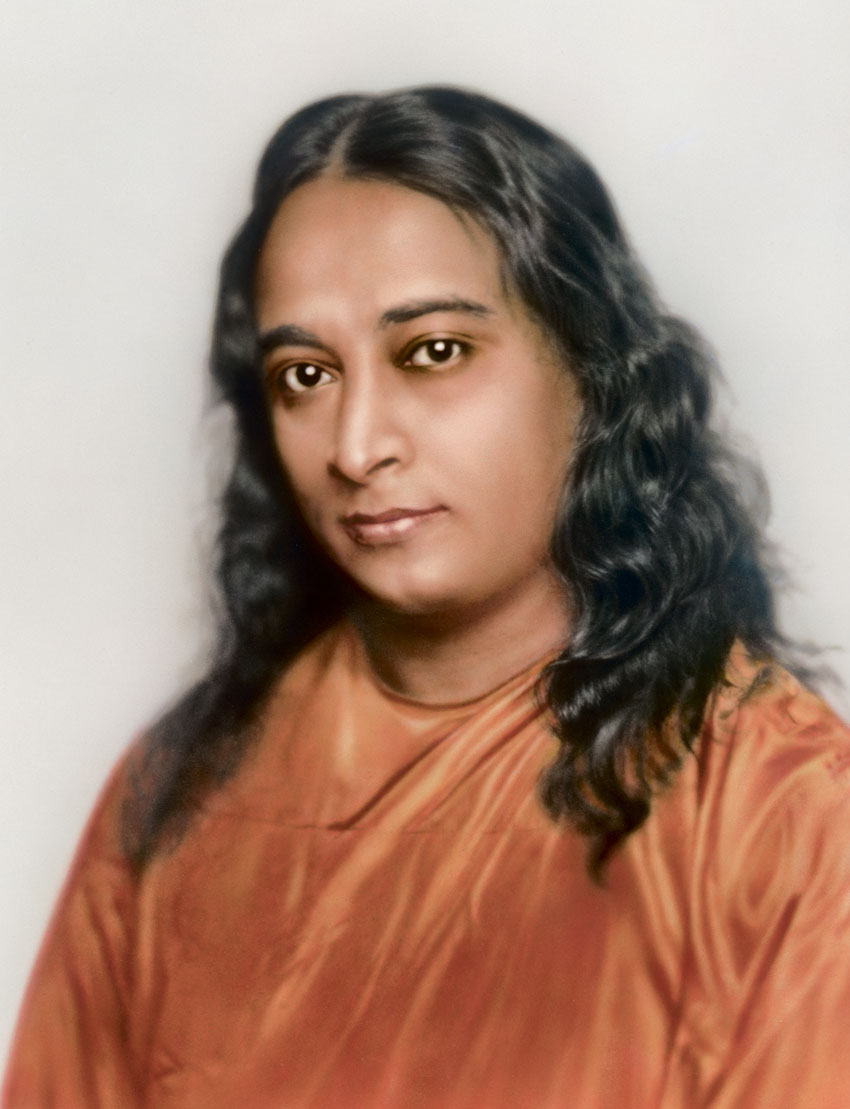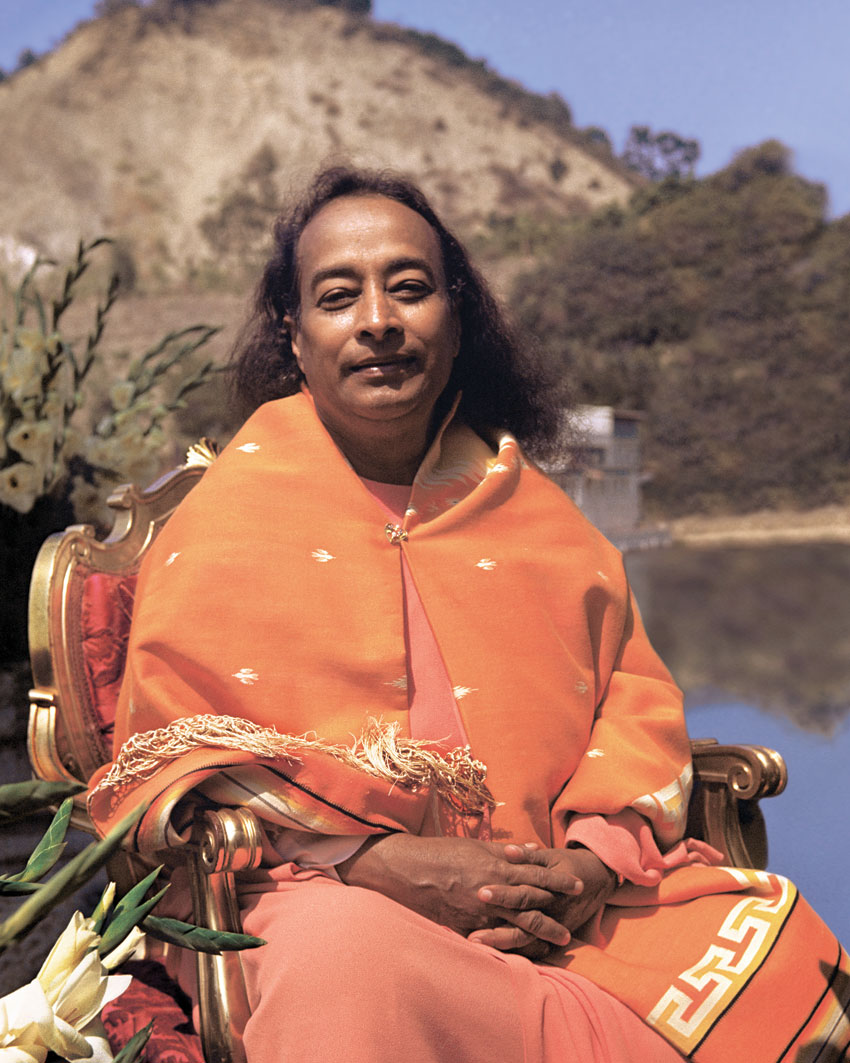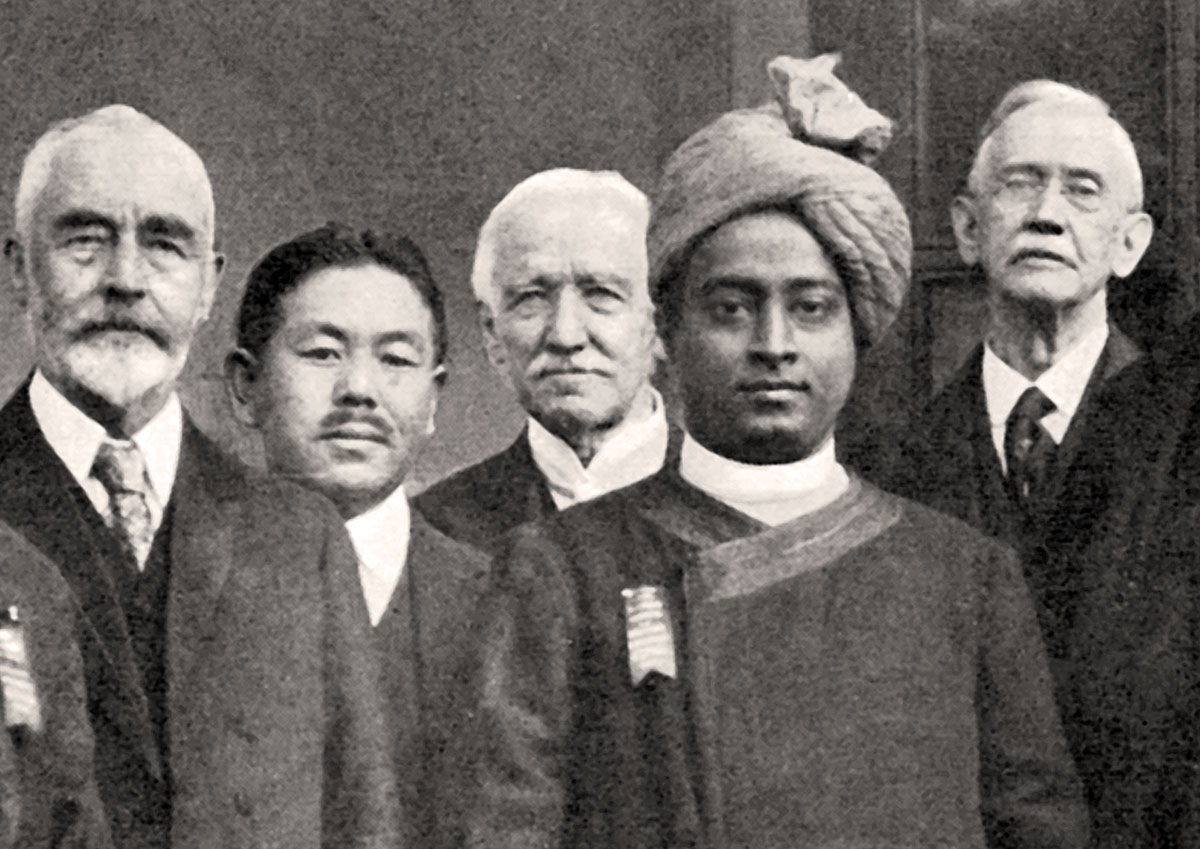FATHER OF YOGA IN THE WEST
Paramahansa Yogananda, when he first arrived in America and is pictured with the other delegates of the Congress of Religious Liberals in Boston in 1920. (Courtesy: Self-Realization Fellowship, Los Angeles, Calif.)
“Ask yourself what is the purpose of your life,” counsels world spiritual teacher Paramahansa Yogananda in his book “How to be Victorious in Life.” “You have been made in the image of God; that is your real self. Realizing the image of God within you is the ultimate success—infinite joy, fulfillment of every desire, victory over all difficulties of the body and incursions of the world.” (#Siliconeer, @Siliconeer, #Yoga, #ParamahansaYogananda, #SelfRealizationFellowship)
Widely regarded as the father of Yoga in the West, Paramahansa Yogananda devoted his life to teaching Western audiences the techniques of yoga meditation. His challenges and accomplishments are detailed in his best-selling book “Autobiography of a Yogi” and brought to life on the big screen with the award-winning documentary film “AWAKE: The Life of Yogananda.” Today, his “Kriya Yoga” teachings are widely studied and practiced around the world.
Sri Yogananda was born Mukunda Lal Ghosh on January 5, 1893 in Gorakhpur, India. From his earliest years it was evident to those around him that his awareness and experience of the spiritual was far beyond the ordinary.
As a youth he sought out many of India’s saints and philosophers, hoping to find an illumined teacher to guide him in his spiritual quest. In 1910, at the age of 17, he met the revered Indian sage Swami Sri Yukteswar, in whose hermitage he spent the better part of the next ten years. After graduating from Calcutta University in 1915, he became a monk of India’s venerable monastic Swami Order, at which time he received the name Yogananda (signifying bliss, ananda, through divine union, yoga).
Paramahansa began his life’s work with the founding, in 1917, of a “how-to-live” school, where modern educational methods were combined with yoga training and instruction in spiritual ideals. Visiting the school in 1925, Mahatma Gandhi wrote: “This institution has greatly impressed my mind.”
Mahatma Gandhi and Sri Yogananda met a decade afterwards when the latter made a return visit to India in 1935–36, after first touring parts of Europe and the Middle East. While in India, he spent some time with Gandhi. At the Mahatma’s request, Sri Yogananda instructed him and several of his followers in the spiritual science of “Kriya Yoga.”
Sri Yogananda’s arrival in the U.S. from his native India in 1920 — when he was invited to serve as a delegate to the International Congress of Religious Liberals convening in Boston — marked the beginning of an upsurge in the West in the spiritual wisdom of the East. That same year he founded Self-Realization Fellowship to disseminate worldwide his teachings on India’s ancient philosophy of Yoga and its time-honored science of meditation.
In 1925, Sri Yogananda took up residence in Los Angeles where he established an international headquarters for his society. Over the next decade he traveled and lectured extensively, speaking to capacity audiences in major cities throughout North America and Europe. To the tens of thousands of Westerners who attended his lectures, his discourses on the unity of original Christianity as taught by Jesus Christ and original Yoga as taught by Bhagavan Krishna were a revelation.
During his 32 years of public ministry in America and abroad, Paramahansa Yogananda devoted himself to fostering greater harmony and cooperation among all religions, races, and nationalities; and to helping people realize and express more fully in their lives the beauty, nobility, and divinity of the human spirit. He brought knowledge of Yoga and meditation to millions of men and women, not only through his public lectures and classes, but also through his writings and the centers he established in countries around the world.

“Autobiography of a Yogi,” Sri Yogananda’s life story, was published in 1946 and expanded by him in subsequent editions. Recognized from the beginning as a landmark work in its field, the book has been in print continuously since its initial publication more than sixty years ago. Honored as one of the 100 best spiritual books of the 20th century, it remains one of the most important, and most readable, works on Yoga and Eastern spiritual thought.
Among his other published works are “The Second Coming of Christ,” “God Talks with Arjuna: The Bhagavad Gita,” “Wine of the Mystic: A Spiritual Interpretation,” a three-volume anthology series (“Collected Talks and Essays on Realizing God in Daily Life”), two collections of poetry and prayer, and numerous volumes of spiritual counsel.
The sage advice put forth in his writings has served as a guide for millions through the last century. In “Whispers from Eternity,” Paramahansa Yogananda writes, “Let the ugliness of unkindness in others impel me to make myself beautiful with loving-kindness. May harsh speech from my companions remind me to use sweet words always.”
From exercising compassion to reaching success, Sri Yogananda’s teachings are applicable to everyday life. In “Law of Success,” he offers advice for achieving happiness. He writes, “In order to be happy one should have good health, a well-balanced mind, a prosperous life, the right work, a thankful heart, and above all, wisdom or knowledge of God.”

Paramahansa Yogananda passed away on March 7, 1952, in Los Angeles, following his delivery of a speech at a banquet honoring Dr. Binay R. Sen, India’s Ambassador to the United States. His passing received widespread coverage in the press, including The New York Times, the Los Angeles Times, and Time magazine. In 1977, on the occasion of the twenty-fifth anniversary of Paramahansa Yogananda’s passing, the Government of India formally recognized his outstanding contributions to the spiritual upliftment of humanity by issuing a commemorative stamp in his honor, together with a tribute that read, in part:
“The ideal of love for God and service to humanity found full expression in the life of Paramahansa Yogananda … Though the major part of his life was spent outside India, still, [he] takes his place among our great saints. His work continues to grow and shine ever more brightly, drawing people everywhere on the path of the pilgrimage of the Spirit.”


